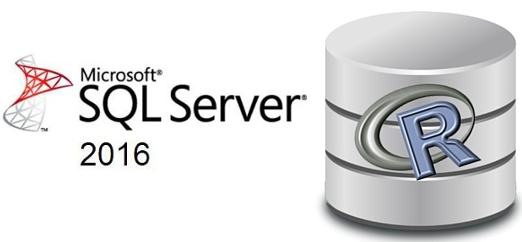
In today's fast-paced business landscape, staying ahead of the competition requires efficient and effective solutions. According to Microsoft’s Work Trend Index, nearly 70% of employee report that they don’t have sufficient time in the day to focus on “work”, with more time being spent Communicating than Creating.
Microsoft 365 Copilot is designed, with Microsoft’s cloud trust platform at its core, to allow for employees to both be more productive, reduce the time spent searching for information, performing mundane tasks, and other low-value activities.
In my many years of mostly amateur development, I have naturally discovered and used a multitude of methods for creating and deploying an application. First, it was plain HTML on a webpage. Next, it was PHP. As my projects became more ambitious and resource-consuming, I moved to learn Python and Node.js, and the libraries and frameworks that came with them.
Shortcomings of legacy frameworks
Python and Node.js solved a similar problem: to host a constantly running, web-facing application that can run processes without any user input needed. This setup was useful for more traditional applications, however, due to their constantly online and running nature, they can be resource hogs.
HTML and PHP are both “serverless,” where code is only run and updated based on an “event,” like a visit to a web page or a POST request. However, HTML only runs on the front-end and still requires JavaScript to do any meaningful work, and PHP is not exactly known for its ability to handle modern computing tasks.
The need for Azure functions
Given our main choices for hosting pieces of code, there remains one hole to be filled. Specifically, we still need a serverless framework that can run modern languages and that can handle large workloads, such as an API.
Azure Functions serves as a perfect solution to this very problem.
Azure Functions is a serverless development environment that allows the deployment of traditional server-based code such as Node.js, object-oriented languages like Java and C#, or scripting languages like PowerShell.
With the resources and libraries available, as well as the widespread and production use of the languages provided, Azure Functions serves as an incredibly powerful tool for developers needing to host applications or endpoints that may not need entire servers to run.
Examples of implementations enhanced by Azure Functions can include Web APIs, database management, data processing, app-to-app interactions, and real-time IoT data analysis. With this, Azure Functions also provides plenty of benefits beyond just the development workflow.
Cost savings
Azure Functions can immediately save incredible costs on server infrastructure. Hosting a constantly running application will inevitably become expensive, and it is no doubt a waste of money to pay for a server when its resources are not being used. With Azure Functions, resources are only paid for when the code is executed, and the amount is based on the resources required to complete the execution of that code.
If your function sees decreased or increased usage, Azure Functions will scale itself to meet its demands, keeping costs low but uptime and responsiveness high. While Azure Functions does serve a very specific use case, it excels at it. For developers using the Azure suite like myself, the service serves as a clear solution to a long-standing problem of serverless development while keeping costs and resource usage at a minimum.
KiZAN is a Microsoft National Solutions Provider with numerous gold and silver Microsoft competencies, including gold data analytics. Our primary offices are located in Louisville, KY, and Cincinnati, OH, with additional sales offices located in Tennessee, Indiana, Michigan, Pennsylvania, Florida, North Carolina, South Carolina, Georgia and Texas.




